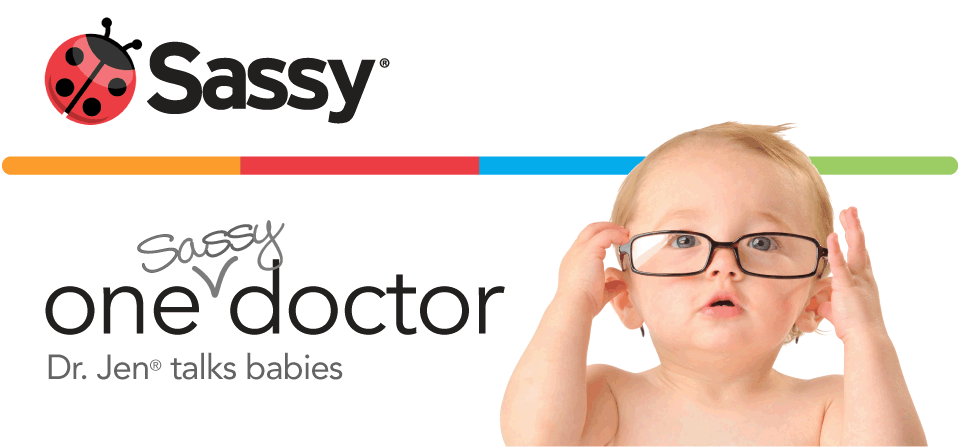 Positive Modeling & Promotion of Healthy Bodies – A Four Part Series with Pediatric Obesity Specialist Dr. Dyan Hes
Positive Modeling & Promotion of Healthy Bodies – A Four Part Series with Pediatric Obesity Specialist Dr. Dyan Hes Part Four—On the Go!
We’ve so enjoyed our series with Dr. Dyan Hes; we learned about activity, portion control and the basics of preventive approaches to keep kids and families healthy. For our final installment (unless Dr. Hes agrees to come back again!), we’ll cover the challenge of how to maintain modeling and provide healthy options while on the go. We know Sassy families are hopping and bopping a lot!







